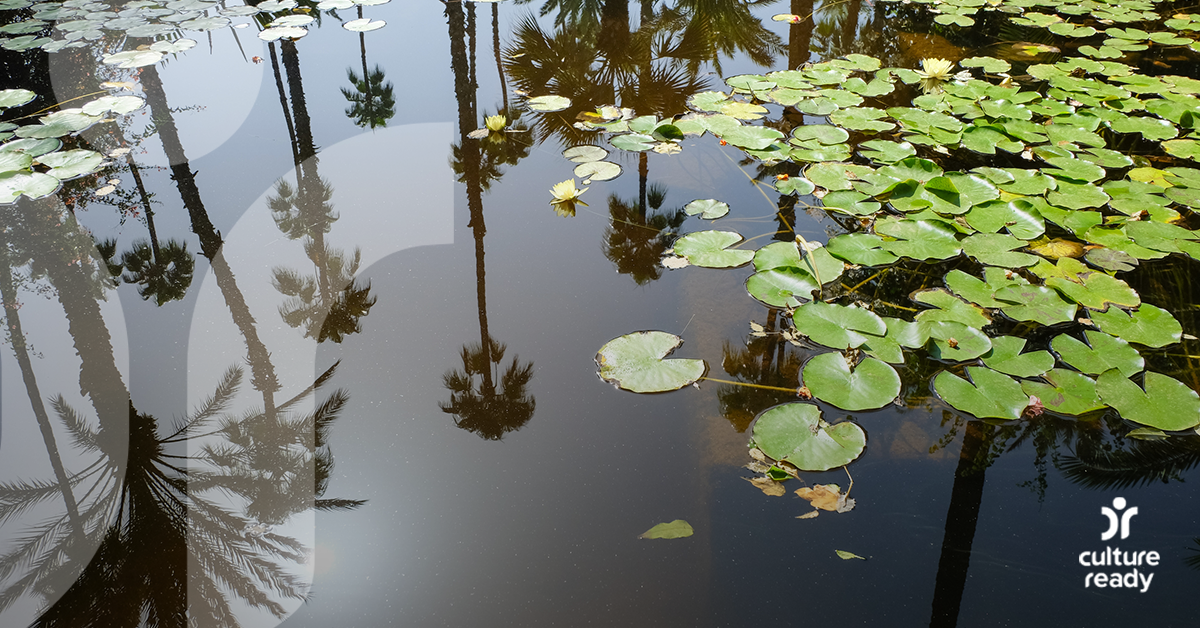Morocco’s Iconic Jardin Majorelle
Morocco is known for its beautiful Hispano-Moorish and Islamic architecture: horseshoe arches, large domes, and ornate geometric patterns. But one of the country’s most visited landmarks, the Jardin Majorelle — a botanical garden that surrounds a cobalt blue and yellow villa — is unlike any other.
Located just outside the city of Marrakesh, the garden was a passion project for French artist Jacques Majorelle, who cultivated more than 135 plant species from five continents over 40 years. Majorelle used the villa’s second floor as his art studio and painted it and the other buildings on the property a shade of blue that has come to be known as “Majorelle blue.”
Following Majorelle’s death in 1962, the property was abandoned and fell into disrepair. Then in 1980, French fashion designer Yves Saint Laurent and his business partner Pierre Bergé purchased the property to keep it from being bulldozed and turned into a hotel. They restored the villa, which became their part-time home, and reopened Jardin Majorelle to the public. As part of the restoration effort, they expanded the garden to include 300 plant species — among them cacti, several varieties of palm trees, bougainvillea, and bamboo.
When the fashion designer died in 2008, his ashes were scattered in the garden. Two years later, the street in front of the property was renamed Rue Yves Saint Laurent and the nonprofit Fondation Pierre Bergé - Yves Saint Laurent took ownership of Jardin Majorelle.
In 2011, Bergé opened a Berber museum in the art studio where Jacques Majorelle used to paint the Berber people. Bergé and Saint Laurent were very interested in the culture of this ethnic group, the most ancient in North Africa. The Berber art they collected, along with clothing and jewelry, are part of the museum’s exhibits.
Although the villa is off-limits to the public, Jardin Majorelle attracts nearly one million annual visitors.
